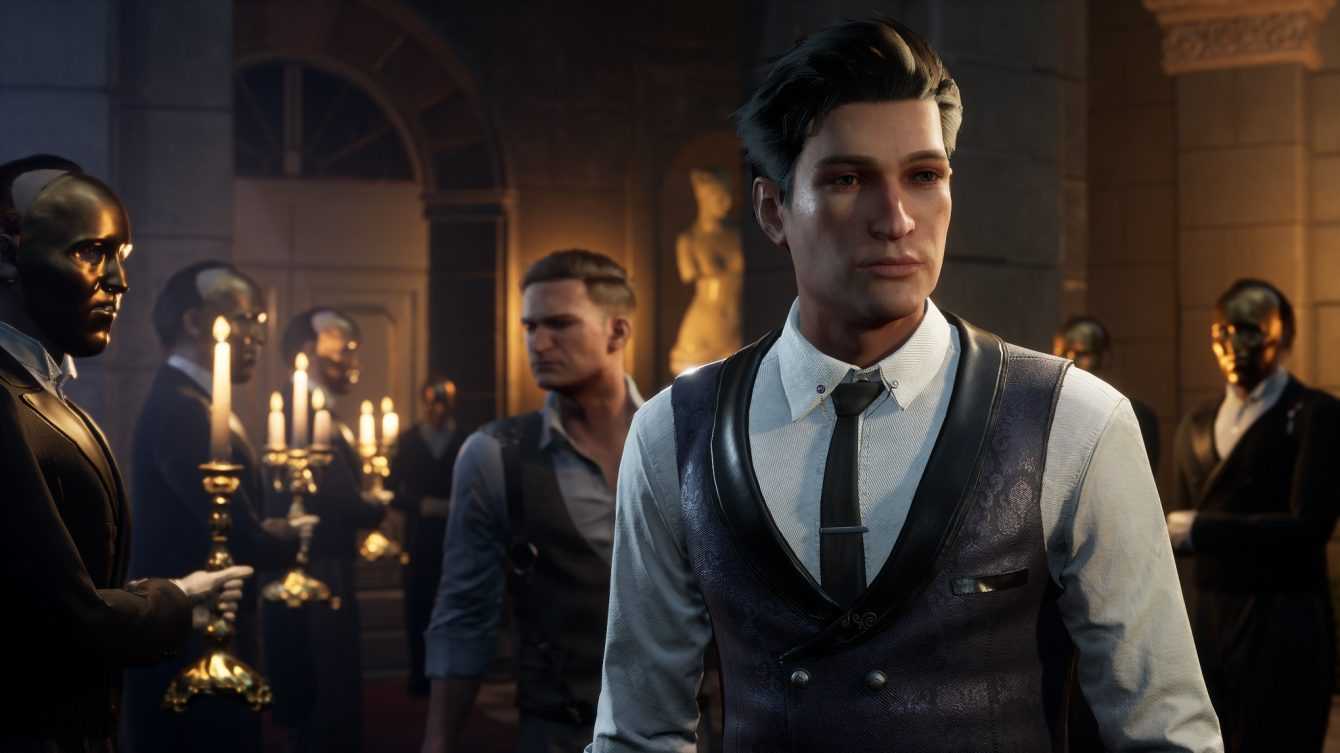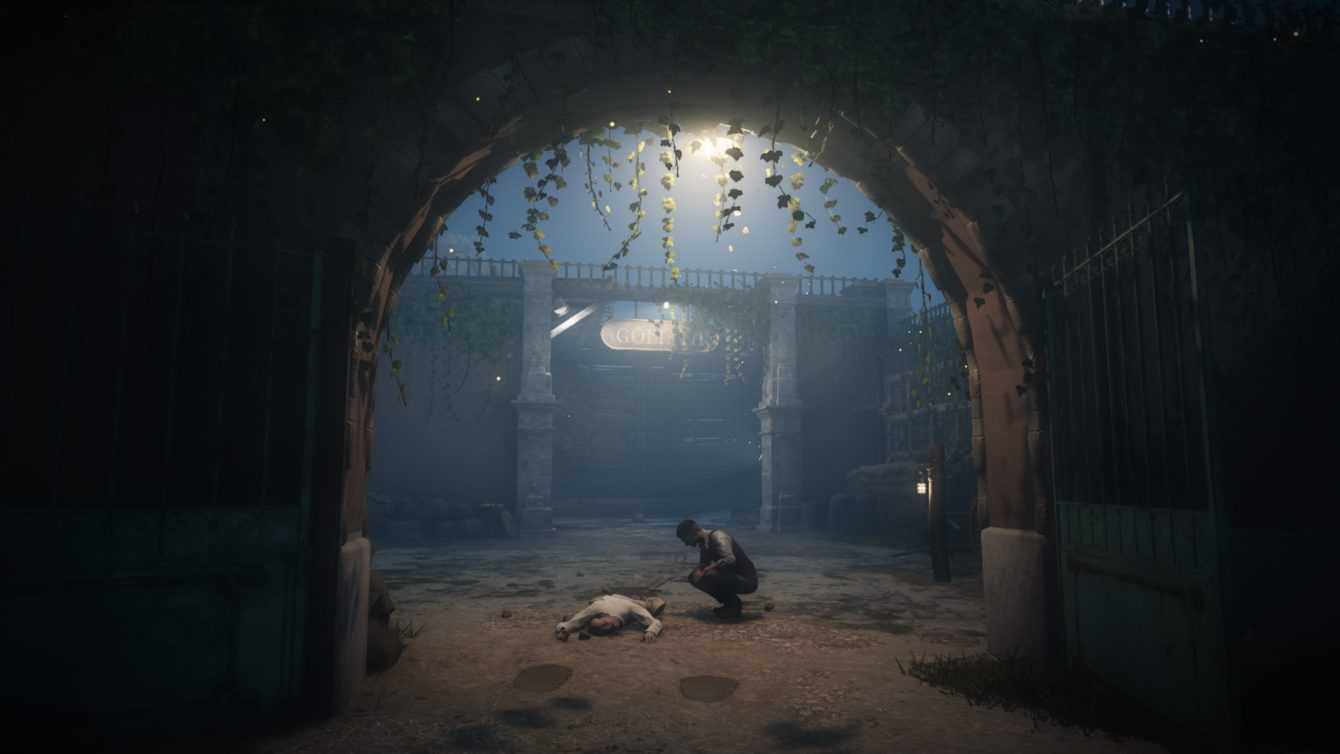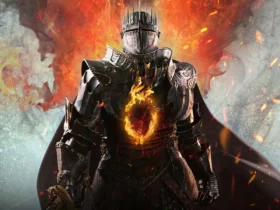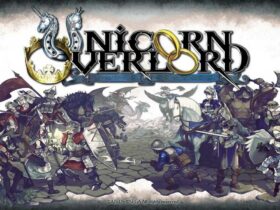The great investigator born from the pen of Sir Arthur Conan Doyle, returns in this new adventure that talks about his beginnings. Here is the review of Sherlock Holmes: Chapter One
The video game series dedicated to Frogwares’ Sherlock Holmes is a saga that is now almost twenty years long. The first chapter, called Sherlock Holmes: The Mystery of the Mummy, in fact came out in 2002. At the time it was a simple investigative title, in which in the role of the famous detective you had to analyze crime scenes to find clues and deduce who was the culprit. Almost twenty years later Sherlock Holmes: Chapter One arrives, the first chapter in chronological order of the series, which we will analyze in this review. The title will come on 16 novembre per PC, PlayStation 5 e Xbox Series X, with the PS4 and Xbox One versions coming next year. Since the first title in 2002, the system has evolved a lot despite keeping the investigative phase as its core, but this time we find ourselves in a vast open world where we will be able to investigate every place on an island that hides many mysteries.
Every story has a beginning
The story of Sherlock Holmes: Chapter One is set in Cordona, a fictional island in the Mediterranean under the rule of the English crown, but with a very cosmopolitan population. In fact we will find Ottoman neighborhoods and people of all nationalities. We are approximately around 1880 and Sherlock Holmes is only 21 and has yet to make a name for himself in his London. Sherlock decides to return to Cordona, because in this very place, 10 years earlier his mother died, apparently of tuberculosis according to what was said at the time by Holmes’s brother, Mycroft. The young detective, however, feels that there are still gods unsolved mysteries behind the mother’s death, and is intent on discovering them.
To accompany him, being still very young, we will not have the famous Watson, but Jon: An imaginary friend of Holmes who can only see him and that he will enjoy commenting on everything we do, often even being annoying. We will not reveal more about Jon’s existence except that his presence in Holmes’ mind is linked to the mystery of his mother’s death. A flaw of the title is that, apart from Sherlock and Jon, the other characters we will meet will be mostly of simple extras related to the main cases to be solved. In total there will be 5 main cases to solve which, slowly, will provide us with new clues to Sherlock’s past.
At the beginning of the game, our young protagonist will temporarily settle in his old and dilapidated dwelling, and will have to remember past events to get information about the mother. This information will be revealed after concluding one of the main cases on the island. In fact, in the dwelling there are sealed doors, which can only be visited after having regained a memory from Sherlock. Only by doing so will we be able to move forward in the case linked to our investigator’s past.
Each of the main cases may have different conclusions based usually on who we decide to accuse. The thing that doesn’t work well, however, is that there is no real perception of having accused the right person or not. It is often easy to guess who was the culprit, but this in most cases will never admit guilt even in the face of overwhelming evidence. We’ve tried reloading a save and convicting different suspects, but that doesn’t change anything in the game’s history. Even if he were wrong, there would be no repercussions on the final case, which also leads to several conclusions with minimal variations. As for the narrative component, the main cases are rather interesting and sometimes even a little crazy mysteries, like one of the first concerning the murder committed by an elephant. Ultimately, however, despite being well written, the lack of strong personalities removed from Sherlock’s, make the general story interesting yes, but without that something able to give it an edge.

An Investigative Open World – Sherlock Holmes: Chapter One Review
The particularity of Sherlock Holmes; Chapter One, as mentioned at the beginning of the review, is that we will find ourselves at investigate in an open world that involves the whole island of Cordona. In fact, we will be able to move as we want by freely exploring the various neighborhoods that make up the game world, passing from rich and well-kept areas to others where poverty reigns. All in all, the open world is well detailed, but soon you will feel that you are inside an empty world. The open world in fact lives only according to the cases in which we will be involved: all the NPCs in the street, and the places we will see will only be placed there for beauty, in fact we will be able to do very little apart from investigating the cases.
In fact, the game, in addition to the main cases, is divided into: Secondary Cases, which have a similar setting to the main ones, but less elaborate and without the possibility of using the Mental Palace which we will talk about later. Sometimes it will be possible to choose the outcome of these cases, while in others there will be only one way to complete them. Then there will be Stories of Cordona, often investigations that will make us discover something more about the history of the Mediterranean island on which we find ourselves, but in this case even shorter and faster than the main cases. Resolving each case will earn us money, which we will be able to reinvest to buy useful clothes for disguises to use during investigations, newspapers where we can read the results of resolved cases and furniture for our home. Other than that we will find only the Lair of the Bandits, places to fight and get more money. Doing everything in the game will take us between 20 and 30 hours, but one of the main problems is related to the fact that all the secondary cases will almost never be marked on the map and we will only find them by accidentally bumping into them. The search will therefore be very tedious, especially for completists who want to finish the game 100%.

Elementary… Jon – Sherlock Holmes: Chapter One Review
The gameplay of Sherlock Holmes: Chapter One is mainly divided into two parts: the investigative and the combat one. The investigation is undoubtedly the major part of the experience. The title draws heavily on the mechanics of previous titles, also taking many ideas seen in the open world of The Sinking City. The title will never take you by the hand, but will urge you to deduce everything from yourself; even the places to investigate will have to be searched manually with the map of Cordona in hand. When we need to find information on people, events or cases from the past we will have to go to the police station, the Cordona press office or the town hall and manually search the archives by entering some key terms.
For the rest Sherlock will have to analyze the places of the crime in search of clues by analyzing all the suspicious objects, and will often find himself using the concentration mode, which allows you to view additional information and deduce extra elements, such as the path of a suspect by observing his footprints and so on. From time to time other mechanics will come into play, such as chemical analysis, consisting of a mathematical minigame that will allow us to discover the nature of certain substances; the disguise, to avoid creating suspicions or to access otherwise inaccessible places. Once all the clues have been found in a crime scene, Sherlock will sit in a meditative pose as he tries to reconstruct the scene. In these cases we will take control of Jon that he will have to interact with some luminous points to bring up silhouettes depicting the suspects and their actions. It will therefore be up to us to reconstruct the scene based on the leaked details.
Finally, the main case missions have an additional mechanic called Mental Palace, which will allow us to arrive at conclusions from the clues found, up to being able to create a network of deductions that will lead to the choice of the final culprit of the case. Some cases of the main ones will in fact also have two or three possible outcomes, too bad that, as explained above, the impact on the history of our choices is very minimal. The investigation system works quite well, although in the long run it won’t shine for variety; the narrative interweaving of each case, however, will manage to dilute the repetitiveness of certain mechanics.

Battles of Intelligence – Sherlock Holmes: Chapter One Review
Sherlock Holmes: Chapter One also has a mechanic tied to the combat. In fact, it will happen that we have to face some annoying bandits during the investigation of our protagonist and this will lead to a physical confrontation. In reality, the fights will never take place in the open world, but will always take place in some pre-established arenas. Once inside one of these arenas Sherlock will have to defend himself from hordes of bandits, using his gun. Basically, the system might look like an Uncharted third-person shooter, but apart from the fact that we’re light years away from that level of quality, actually the approach will be much more like a puzzle, rather than an unconditional slaughter. In fact, Sherlock Holmes was certainly not famous for killing his enemies, and will always aim to arrest his opponents.
When will we aim time will slow down and points of interest within the environment or on the enemies themselves will be highlighted, such as a fire extinguisher, a sack of flour or steam valves, which if hit at the right moment will temporarily stun our enemies. When they are stunned we will have to get close with Sherlock and hit them to give way to a quick QTE in which our brave investigator will knock them out. We will then have a kind of refillable special shot which consists of Sherlock’s Snuffbox. Using it, our hero will scatter ash in the face of the opponents by stuning them automatically. Sure, if you want we can also kill them by shooting our enemies in the head, but that wouldn’t be much in character. We’ve occasionally accidentally killed some enemies, but apart from a negative note from Jon there were no real consequences in the game.
The fights, however, result repetitive and very poorly managed. The arenas are all the same, the weak points are always the same and sometimes they are even ridiculous (for example some enemies will arrive shirtless with only a bottle of alcohol tied to their waist as an obvious weak point to hit, which does not make any sense. ). The actions to be done will always be the same, and at most we will find ourselves facing more difficult opponents with metal plates on the limbs and on the face to be blown up with a gun before being able to stun them. Among other things, mysteriously the metal plate on the head will only be vulnerable after blowing up the other parts. The title is affected to a lesser extent by this unsuccessful combat system only because it is not present in general. Many cases, both primary …















Leave a Reply
View Comments